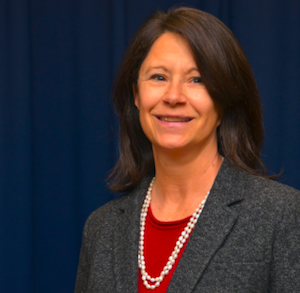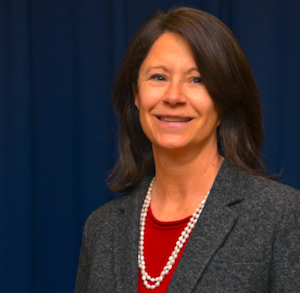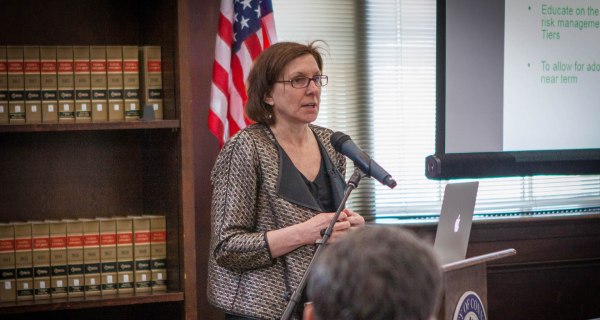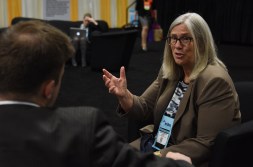
 Donna Roy, Executive Director, DHS Information Sharing and Services Office
Donna Roy, Executive Director, DHS Information Sharing and Services Office
A recent milestone for the Department of Homeland Security was getting off the Government Accountability Office’s High Risk List, which calls attention to potential problem areas in government management. DHS is no longer cited for how it was managing and sharing terrorism-related information.
“That’s taken 10 years of work to create the mission IT systems that help operators get the information they need when they need it,” says Donna Roy, the executive director of DHS’s Information Sharing and Services Office. “It’s a pretty big deal for us to get listed off the High Risk List, and we’re pretty proud of that accomplishment.”
Roy’s office also has been working on the DHS data framework, a big data initiative for the department.
Can you talk about the biggest challenge you’ve faced in your career? How did you conquer that challenge?
I think the biggest challenge IT professionals over time face is consistently not getting caught up in the technology for technology’s sake and staying focused on providing technology for a mission purpose. I say that because it’s kind of cool to be in IT, and you can do a lot of really interesting things. Oftentimes, particularly on our mission services, the operators just want something simple and easy and that makes their job better. That doesn’t necessarily equate to the coolest thing that you can do, technology-wise. I would say staying grounded with what the user really requires versus over-engineering and going too far into the leading-edge technology has really sort of been the biggest challenge. It’s often you get rewarded for the high-tech cool projects and less rewarded for just the simpler business process re-engineering types of projects that make operators more successful.
What would you say to young women who are thinking about a career in technology or related fields, or are kind of just starting out in their careers? Is there advice you can offer them for success?
As a woman, it’s hard. You’re often the minority at the table. … I would say that if you grind through it, there’s a lot of value at being in the management and executive level. It is tough to face, and in particular having different ideas or having different ways of working in a male-dominated world. My advice is to continue to be who you are, but continue to find a voice at the table, and be at the table as long as you can, because you’re paving a way for the next set of women who need to find that voice as well.
I’m alarmed at the amount of women who are leaving at the general management level in technology. I’m not sure I ultimately understand why, but it is alarming to me that we’re not either giving women options to feel like they have the right work-life balance, or they don’t feel like they’re able to contribute with their own style in a world that’s been traditionally dominated by male-oriented leadership.
What/who inspired you to get into your field of work?
One of the original innovators and original drivers of the value of having women at the table … is Grace Hopper. I know a lot of people, it’s sort of cool to go back and look at Grace Hopper’s career. I met Grace Hopper when I was younger … As a young Marine, and thought, well heck, if she can have sustained that level of doggedness in her career, and having the government bring her back as an admiral to sort of continue to provide innovation … then there’s surely going to be room for me when I get there. We still owe a lot of our thinking, particular around our current digital services, strategies and our new innovative ways, to founders like Grace Hopper who always challenged. I mean, it was her methodology to say you should never assume what worked yesterday works today. Right? Challenge everything and move forward. She was the driving force that’s allowing me to think I could survive in IT. Plus, she was just a pistol.






